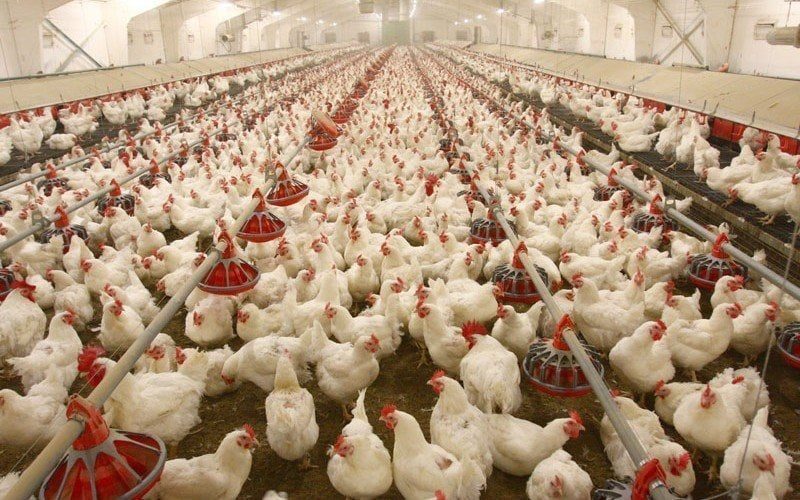Porto Alegre, June 30, 2022 – June was marked by the recovery of prices in the Brazilian meat sector. Beef, pork and chicken had increasing prices during the period. Each of the segments has its particularities, however, it is worth mentioning that the swine industry remains on alert due to evident operational difficulties, still counting on excess supply in the domestic market, besides the pressure exerted by costs in another year of difficulties in inflation control.
Brazilian swine farming tends to remain in crisis for the remainder of 2022, as the supply curve correction is slower in a long-cycle activity. It is very likely that the year of recovery will be 2023. For reasons of market efficiency, only companies with greater financial capacity will be able to sustain themselves in the activity in the short and medium term. The encouraging point is that the second semester tends to be guided by a less inflated cost structure, which may allow some improvement in the activity’s operating margin, even if in a discreet way.
For chicken, the market dynamics are different, even with the inflated cost structure, the sector has good demand capacity to find room for revenue growth. As discussed in the previous publication, Brazilian chicken farming occupies a prominent position on the world stage, achieving impressive export volumes and revenue over the year. This will be another year of firm leadership in global exports of this protein.
Another aspect to be mentioned is domestic demand. It is no secret that the Brazilian population has been losing consumption power in 2022 and keeps choosing products that have less impact on average income. In the case of the meat sector, the logic points to the expansion of consumption of chicken and eggs, proteins of animal origin that fit this profile. Beef remains at a very prohibitive level and unaffordable for most households.
In addition, the chicken industry has a shorter cycle, having the unique ability within the meat sector to adapt more efficiently to the challenges imposed by the market, be it in terms of demand or inflated costs. In this environment, the cut in housing during the year has been an encouragement to the sector, which managed to go through the crisis caused by cost inflation in a less traumatic way compared to pig farming.
For cattle farming, the 2022 trend is still for resilient prices. As anticipated, fattened cattle prices must reach their lowest point in the second quarter, between April and May, which in fact happened. In June, during the transition from the harvest to the off-season of fattened cattle, the market reacted, in an environment characterized by more restricted supply and good demand for exports.
Exports are, in fact, the main reason for sustaining fattened cattle prices during the year, considering the rise in international beef prices. As a result, fattened cattle prices are expected to set new highs for 2022 during the third quarter. China remains very active in this segment, importing large volumes of Brazilian beef.
In June, the exchange ratio between pork, chicken and beef remained as usual in the São Paulo market, with chicken maintaining its average competitiveness. At the moment, it is around three times more affordable than beef hindquarters. Against beef forequarters, it is approximately 2.27 times more affordable. Against pork carcass, chicken is around 1.3 times more affordable.
These dynamics tend to continue throughout the year, as a consequence of the evident macroeconomic difficulties present in the country this year. There is no room for changes in consumption patterns in an economy that has difficulties in creating new jobs and boosting average income. Therefore, chicken will have significant advances in domestic demand this year.
SAFRAS Latam

